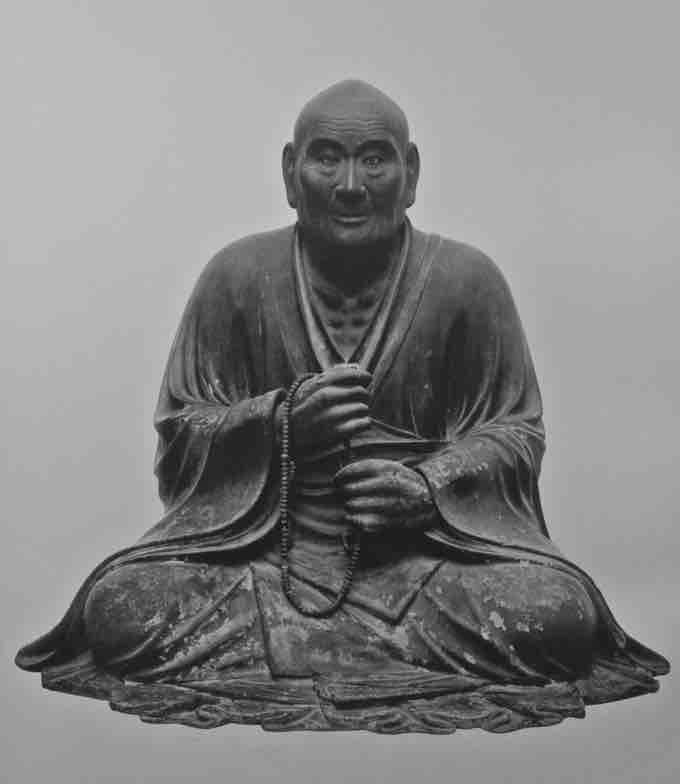Background: The Kamakura Period
The Kamakura period in Japanese history (1185–1333 CE) was a period of crises in which the control of the country moved from the imperial aristocracy to the samurai. The ascension of Minamoto Yoritomo to the title of Shogun, following the Hōgen and Heiji rebellions and the victory of the Minamoto clan over the Taira, marked the beginning of the Kamakura period. The era is sometimes called "the age of the warriors"; it is also, however, a time when exchanges with China of the Song dynasty continued and Buddhism greatly flourished.
Schools of Buddhism
This period saw the introduction of the two schools that had perhaps the greatest impact on the country: the Amidist Pure Land schools and the more philosophical Zen schools. The Amidist Pure Land schools, promulgated by evangelists such as Genshin and articulated by monks such as Hōnen, emphasized salvation through faith in Amitabha and remain the largest Buddhist sect today in Japan (and throughout Asia). The more philosophical Zen schools were promulgated by monks such as Eisai and Dogen and emphasized liberation through the insight of meditation. They were adopted equally by the upper classes and had a profound impact on Japanese culture.
Pure Land Buddhism and Art
The Kei School
The Kamakura period favored a more realistic and naturalistic art that is exemplified by the sculpture of the Kei School. Based in Nara, the Kei School was the dominant style in Buddhist sculpture in Japan beginning c. 1200 and into the 14th century, and it remained influential until the 19th century. The Kei school developed and was led by the Buddhist sculptor Jōchō, his successor Kakujō, and Kakujō's son Raijō, the leading sculptors of the preceding generations.
Unkei
Among sculptors of the Kei school, the sculptor Unkei is the most famous and is considered to be the most accomplished sculptor of the period. Unkei's early works are fairly traditional, similar in style to pieces by his father, Kōkei. However, the sculptures he produced for the Tōdai-ji, a Buddhist temple complex in Nara, show a flair for realism different from anything Japan had seen before.
Muchaku at Kōfuku-ji; National Treasure
This sculpture exemplifies the realism of Unkei's work.
Amida Buddha Sculptures
Some of the most popular paintings of the Kamakura period depict an ascending Amida Buddha. The main tenet of Pure Land Buddhism is that chanting the name of Amida could lead to a reincarnation in the "pure land." Thus, scrolls of Amida would be hung in the room of people who were dying, who were believed to be saved by chanting the Amida mantra.

Buddhist sculpture of Kamakura period
Unkei in the guise of a monk, with prayer beads; note the powerful hands